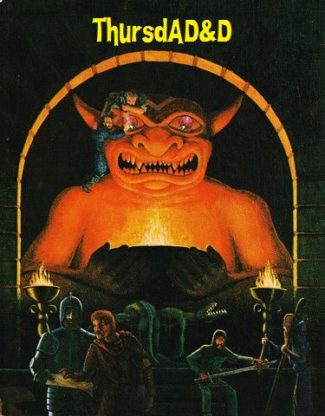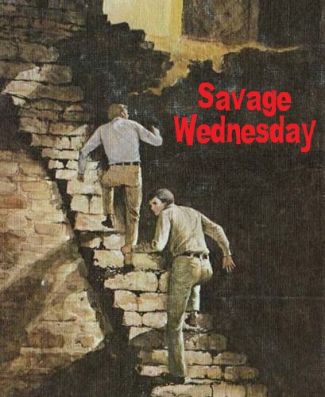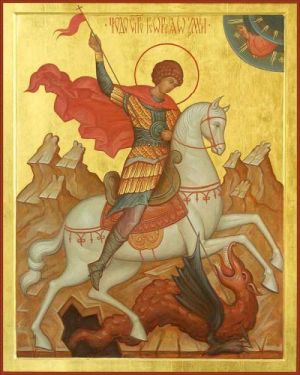Tuesday Terror: The Terara
This week’s Tuesday Terror was created by John Tedrick. You check his online portfolio by clicking here. The monster statted below is based on a piece titled “The Terror of Undermountain” (click here, please).

The terara dwells deep within rocky realms, often claiming an abandoned subterranean structure as its lair. From there, it ranges throughout the region, either hunting or demanding tribute from the creatures it encounters.
Terara
Gargantuan aberration, chaotic evil
Armor Class 18 (natural armor)
Hit Points 325 (26d20+182)
Speed 40 ft., fly 75 ft., swim 40 ft.
STR 27 (+8), DEX 14 (+2), CON 25 (+7), INT 19 (+4), WIS 15 (+2), CHA 16 (+3)
Saving Throws DEX +8, CON +15, INT +10, WIS +8
Skills Perception +10
Damage Resistances psychic; bludgeoning, piercing, slashing (in Swarm Form)
Condition Immunities blinded; charmed, frightened, grappled, paralyzed, petrified, prone, restrained, stunned (in Swarm Form)
Senses blindsight 120 ft. or 40 ft. while deafened (blind beyond this radius), passive Perception 20
Languages Undercommon, telepathy 120 ft.
Challenge 20 (25,000 XP)
Amphibious. The terara can breathe air and water.
Blind Senses. The terara can’t use its blindsight while deafened and unable to smell.
Innate Spellcasting (Psionics). The terara’s innate spellcasting ability is Intelligence (spell save DC 18). It can innately cast the following spells, requiring no components:
At will: detect magic, detect thoughts, invisibility
3/day each: phantasmal force, see invisibility, shield
2/day each: charm monster, gaseous form, nondetection, suggestion
1/day each: clairvoyance, phantasmal killer
Keen Hearing and Smell. The terara has advantage on Wisdom (Perception) checks that rely on hearing or smell.
Legendary Resistance (3/Day). If the terara fails a saving throw, it can choose to succeed instead.
Magic Resistance. The terara has advantage on saving throws against spells and other magical effects.
Actions
Multiattack. The terara makes three attacks: one with its bite and two with its claws.
Bite. Melee Weapon Attack: +14 to hit, reach 15 ft., one target. Hit: 17 (2d8+8) piercing damage plus 11 (2d10) psychic damage.
Claw. Melee Weapon Attack: +14 to hit, reach 10 ft., one target. Hit: 15 (2d6+8) slashing damage.
Tail. Melee Weapon Attack: +14 to hit, reach 20 ft., one target. Hit: 17 (2d8+8) bludgeoning damage.
Swarm Form (Recharge 5-6). The terara can discorporate its body into a squirming mass of monstrous worms. The terara remains in this form until the beginning of its next turn. While in swarm form, the terara cannot fly, bite, claw, or use its tail. The terara can occupy other creatures’ spaces, and it can move through any opening large enough for a Medium creature. When a creature enters the swarm form for the first time on a turn or starts its turn there, the creature must make a DC 19 Intelligence saving throw, taking 72 (16d8) psychic damage on a failed save, or half as much damage on a successful one.
Legendary Actions
Detect. The terara makes a Wisdom (Perception) check.
Tail Attack. The terara makes a tail attack.
Psionic Blast (2 Actions). The terara unleashes a blast of psionic energy in a 60-foot cone. Each creature in that area must succeed on a DC 19 Intelligence saving throw or take 15 (2d10+4) psychic damage and be stunned for 1 minute. A creature can repeat the saving throw at the end of each of its turns, ending the effect on itself.



